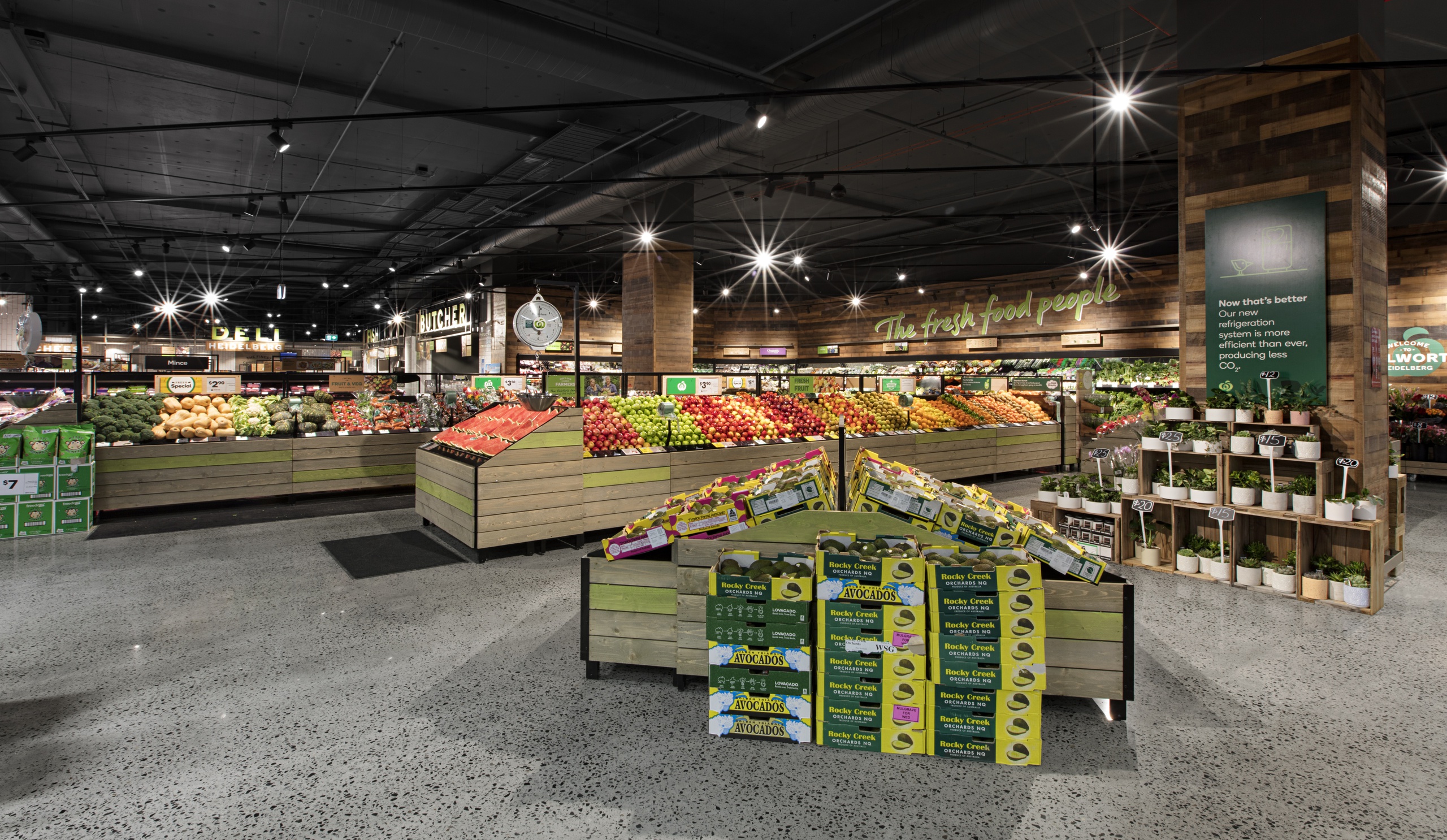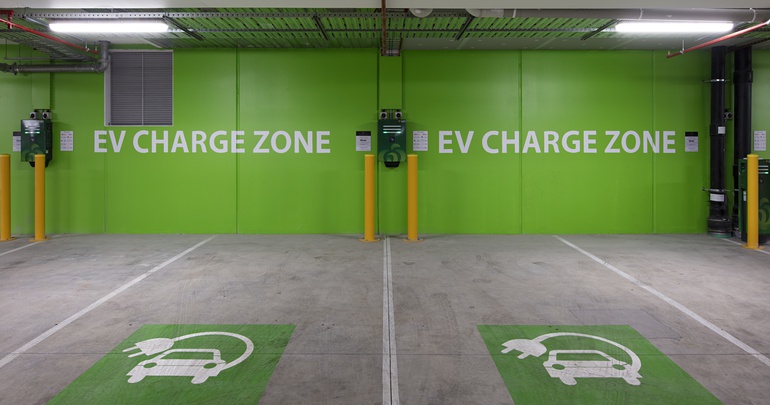Retailers are facing increasing expectations from their customers to embrace sustainability in all aspects of business – from selling greener products to managing waste more efficiently and even building greener spaces. Woolworths Heidelberg, is leading by example with a new sustainable supermarket that is already having a positive impact on its surrounding community.
Located in Melbourne’s northern suburb of Heidelberg, this development is the first Woolworths project to receive a 5 Star Green Star Design and As Built rating*, with all previous Woolworths projects achieving a Green Star rating on the basis of Performance.
The building is in many ways a new age supermarket, with sustainably sourced timber lining the walls and polished concrete floors grounding customers in a surprisingly earthy environment, providing relief from the brightly packaged goods lining the shelves. According to Regional Development Manager at Woolworths, Terry McCoy, finding appropriate materials was key to the success of the project with steel, concrete and PVC responsibly sourced while the “external surfaces of the building…[were] specifically chosen to minimise the project’s urban heat island effect."

The careful management of the build ensured the accomplishment of some important achievements. For example, demolition and construction waste was reduced by 95% after sub-contractors were persuaded to change the ways they manage this basic part of the building process.

Woolworths Heidelberg goes beyond just being a sustainable building, it also encourages and facilitates greener lifestyles for customers and staff by offering sophisticated bicycle facilities and 16 electrical vehicle charging bays.
Perhaps what is most exciting is that Woolworths’ plans for sustainability don’t stop at Heidelberg. In fact, many of the Green Star targets that were followed to achieve this impressive 5 Star rating, have now been formally incorporated into Woolworths overall design guides, ensuring that the company’s building projects in the future will continue to be at the forefront of sustainable building practice. McCoy describes the incorporation of Green Star standards into the Woolworths building code as relatively smooth. “Almost every Green Star rating tool category can be linked back to helping Woolworths achieve goals which the company detailed in its 2020 Corporate Responsibility Strategy,” he says.
Heidelberg is an example of Woolworths’ plan to enhance the positive impact they have in all of the communities in which they are located, by designing, building and operating buildings where long-term impact on the environment has been thoughtfully managed.
With benefits reaped by both the environment and the surrounding community, the shift towards green retail spaces is an exciting new chapter for retail building.

*Rating still processing